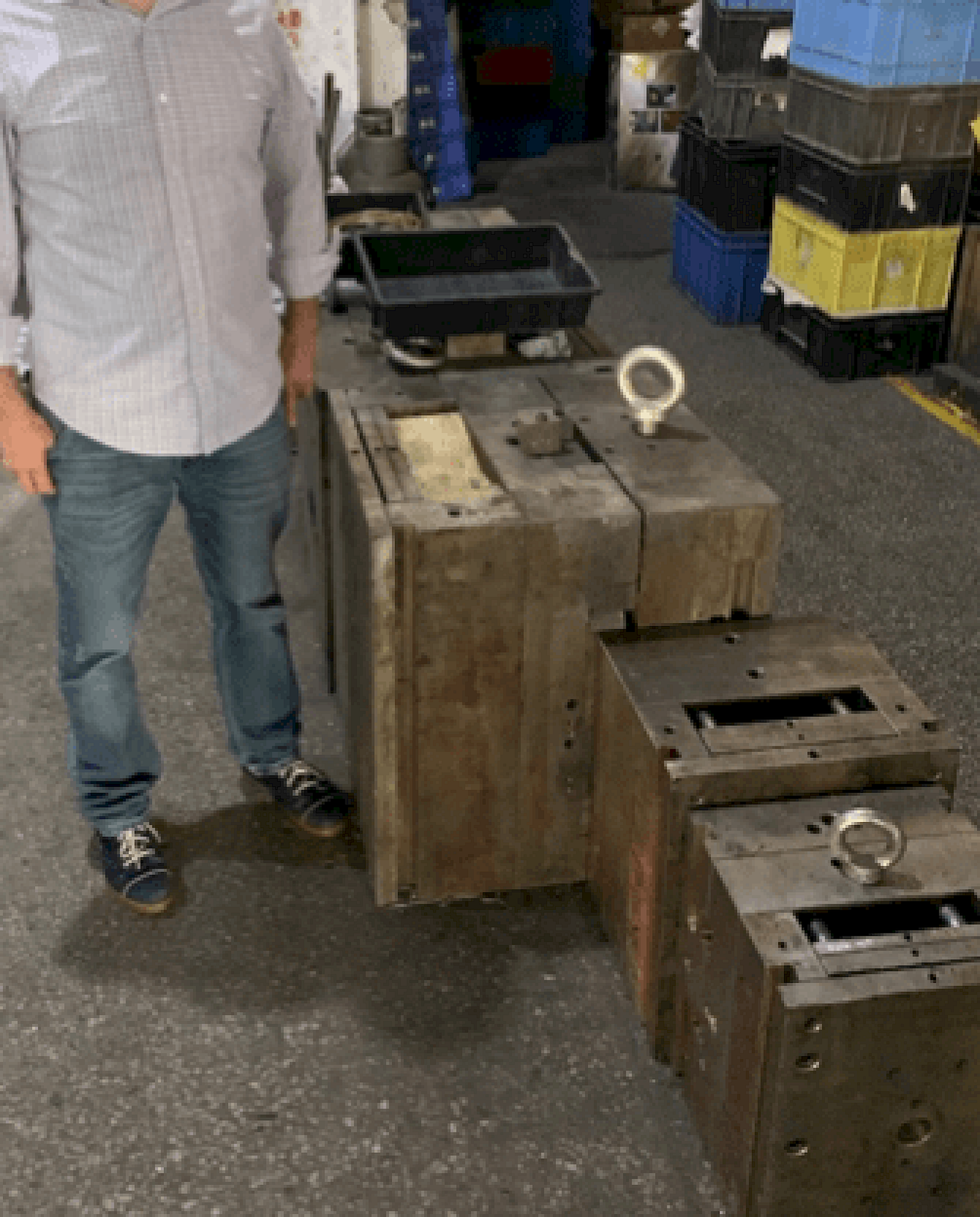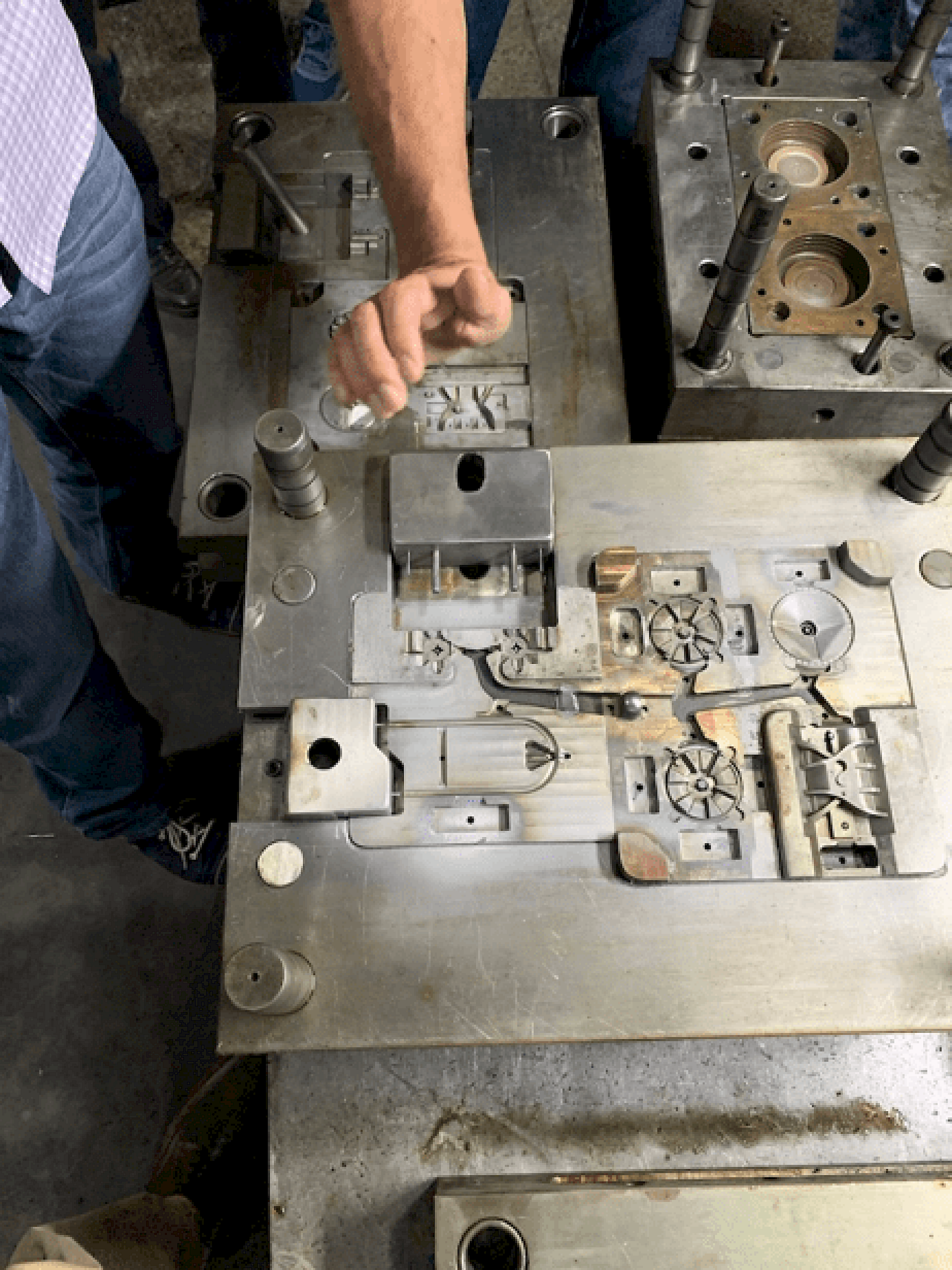Making Model Cars – The Agora Way
How do we get our model cars to be as close to the real thing as we can?
The first stage is to find a source on which to base our model. On deciding exactly which model, version and series we want to create, we scour the world’s collectors and museums to find the exact car we are after. With the owner’s permission (!), we then send in our 3D laser-scanning experts who use the very latest technology to map out every component of the original car.
At the same time, we look through the manufacturer’s archives for original plans and blueprints which can further aid our model designers. Once we have all the raw data, we then construct a highly detailed computer model of the real car, which is then de-constructed into its individual components allowing us to start to visualise what each model component needs to consist of, and the sequence in which the parts need to be supplied.
Mould design
Each part of one of our models, be it metal, rubber or hi-precision plastic, needs to be manufactured using the highest quality moulds, which is an art in its own right! The whole computer modelling process needs to happen once again, this time to design the moulds based upon the proposed components from the previous computer model, a process which takes 35 days (to be done properly).
Our moulds can be large and heavy, you can see three of them clearly in this picture. With some of them weighing well over a ton, they require a winch to be lifted and moved around the factory (that’s the round silver hook sticking out of two of them). The biggest mould in the picture is to produce only the body-shell of our Super Snake and can produce only one piece at a time every 30 seconds or so.
A single mold can weigh over 2000 lbs.
We have around 500 components in our models, and even though some moulds take multiple components, that’s still a great deal of moulds (roughly 200 per model).What does a mould look like inside? The photo below shows one of our moulds opened up, you can clearly see the shape of a wheel in there (though not the Super Snake this time, you’ll have to try and work this “coming-soon” one out yourself!)
final point on mould making: the design and engineering skills required to make a mould takes years of practice not only to make a single mould like the one in the pictures, but just as importantly to ensure that the parts that this particular mould produces will actually attach properly to parts from other moulds! All the individual moulds have to work as one-complete engineering structure to realise the perfect final model.
Making the model parts
We take metal ingots and then melt them to create a liquified metal which can be injected under pressure into our moulds.
Once the piece is shaped within the mould and rapid-cooled, a robot arm takes each piece out one at a time.
After a quality inspection, the components are then taken to a polishing station where any rough parts are removed and the whole piece is individually polished to make it ready for the next process: painting.
Making the model parts.
Painting the model parts
Our painting is done in various ways depending upon the complexity and detail required for that particular piece. For larger parts such as body components, they are spray painted individually by hand, whereas smaller parts can be painted in batches.
Spray painting is of course very messy, but the finished product looks amazing. Finer details and text/logos can’t be spray painted and so are stamped-on using what looks like a line of mini-printing presses. Each printer will add only one very specific part of the final design. Templates are also used for the most intricate detail which need to be individually hand-painted on.
Precision takes time
All in all, from the original idea to seeing components roll out of the factory, it takes around 12 months of careful planning and design by some of the world’s leading experts to bring you a quality model from Agora, and we hope you’ll agree that it’s worth the wait.
But sometimes, we’re old-school!
Despite all the 3D laser technology and computer assisted design, occasionally we need to go back to the original car and just double check a measurement with a good old-fashioned tape measure, as you can see on the intro-picture at the top of the page! We really did have to nip back to Shelby and check the tyre dimensions!


